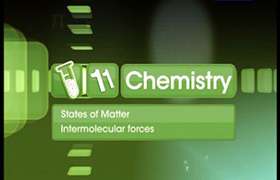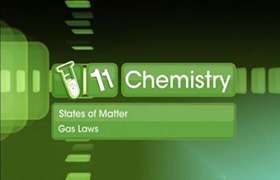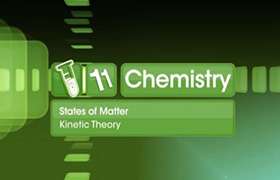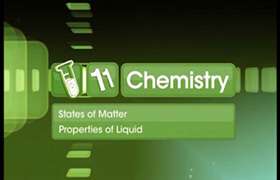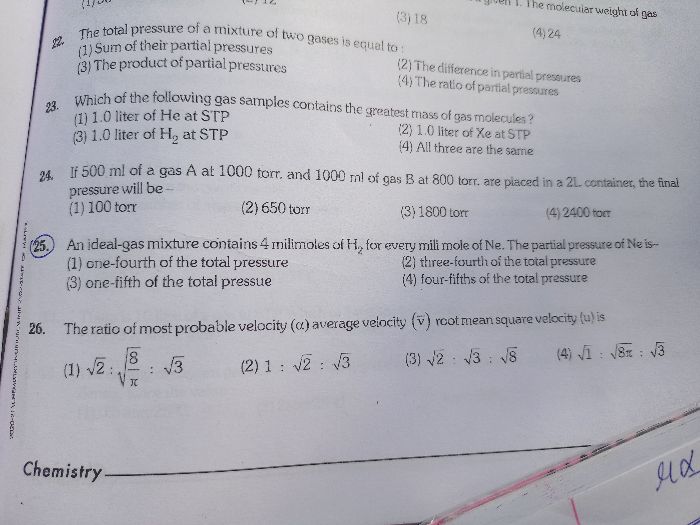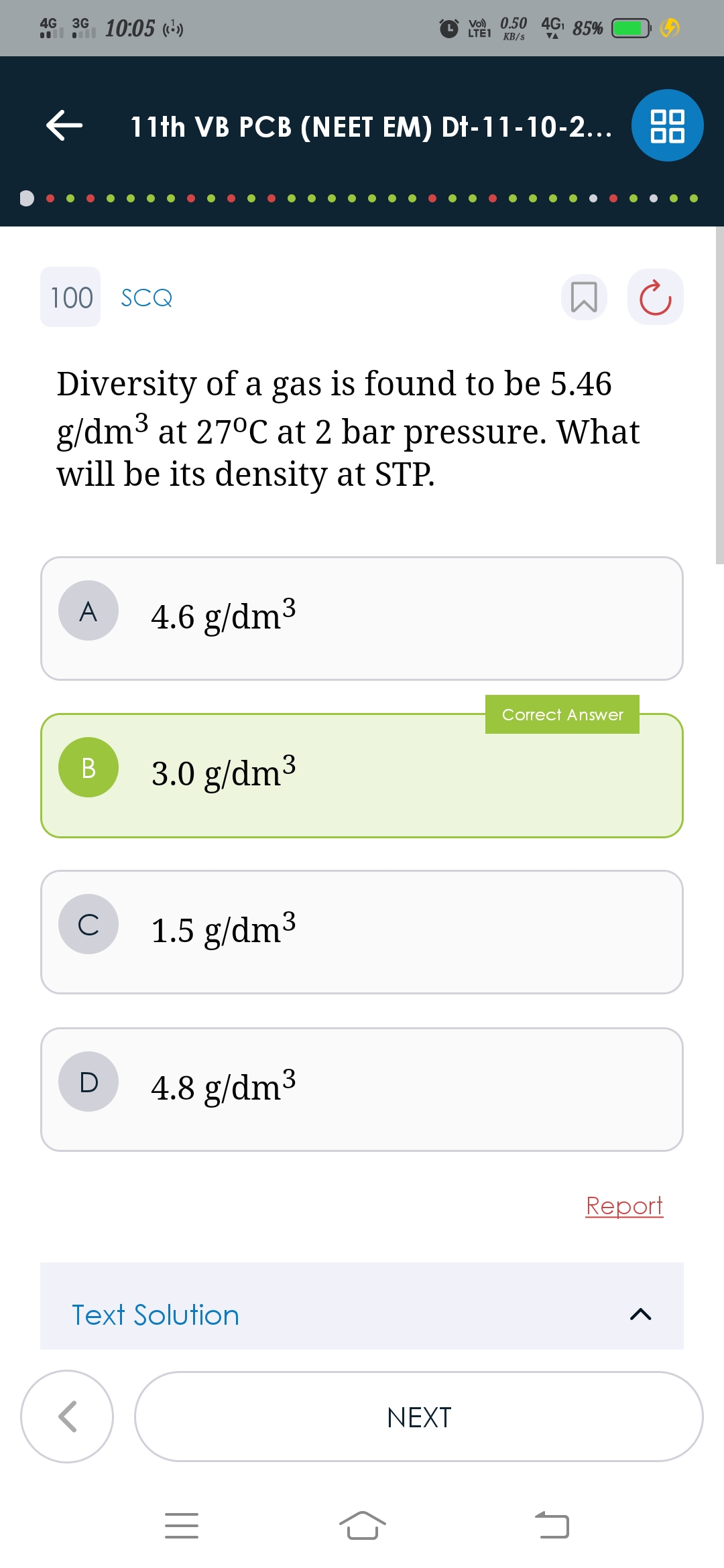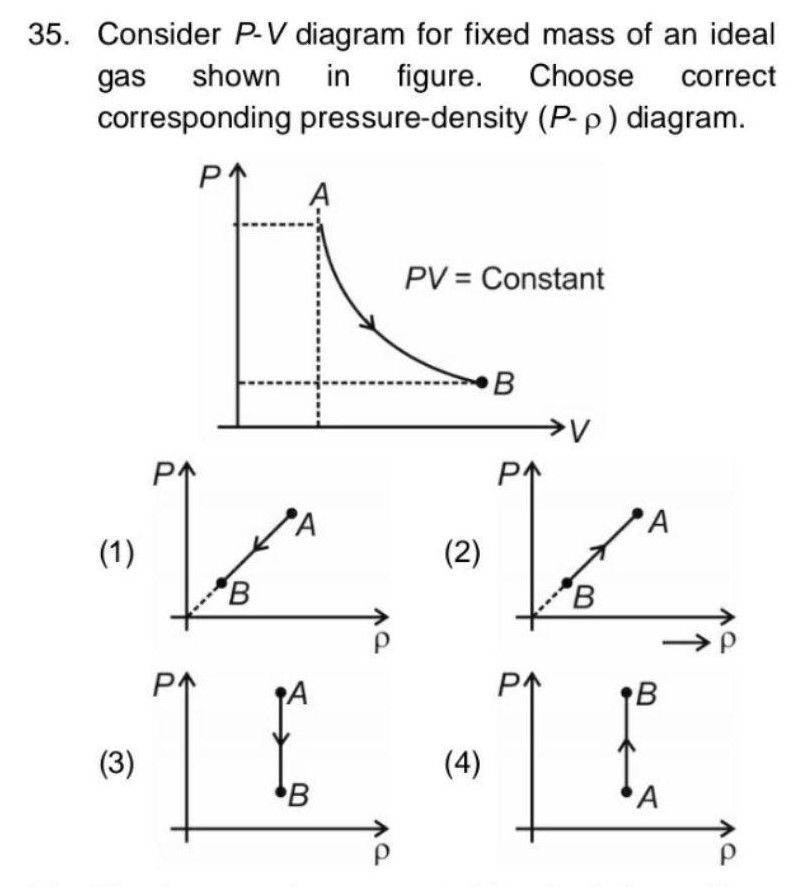CBSE Class 11-science Answered
What is polarity? explai briefly with a suitable example
Asked by rajeswari2171 | 18 Sep, 2012, 10:36: PM
Polarity is a physical property of compounds. Polarity results from the uneven partial charge distribution between various atoms in a compound. Atoms, such as nitrogen, oxygen, and halogens, that are more electronegative have a tendency to have partial negative charges. Atoms, such as carbon and hydrogen, have a tendency to be more neutral or have partial positive charges.
![]()
The electronegativities of hydrogen, carbon, and nitrogen are 2.20, 2.55, and 3.04. The 0.35 difference in electronegativity for the H-C bond shows that it is essentially nonpolar. The 0.49 difference in electronegativity for the C-N bond tells us that it is polar. Molecules with one polar bond are always polar.
Answered by | 18 Sep, 2012, 11:29: PM
Concept Videos
CBSE 11-science - Chemistry
Asked by rhythmdraco42 | 22 Apr, 2024, 10:43: PM
CBSE 11-science - Chemistry
Asked by vishalrolaniya2005 | 20 Sep, 2023, 08:58: PM
CBSE 11-science - Chemistry
Asked by khansuhana410 | 22 Dec, 2022, 11:48: AM
CBSE 11-science - Chemistry
Asked by amanpatel95698 | 02 Mar, 2022, 12:09: AM
CBSE 11-science - Chemistry
Asked by neerudhawanbpsmv | 28 Jun, 2021, 09:22: AM
CBSE 11-science - Chemistry
Asked by pushpakumari291279 | 31 Dec, 2020, 02:02: PM
CBSE 11-science - Chemistry
Asked by aryanvankar88 | 11 Oct, 2020, 10:07: PM
CBSE 11-science - Chemistry
Asked by nk581346 | 07 Sep, 2020, 11:08: AM
CBSE 11-science - Chemistry
Asked by swatipuspapatel | 10 Jun, 2020, 06:19: PM
CBSE 11-science - Chemistry
Asked by pratikshyadashrkl | 12 Apr, 2020, 06:47: PM

